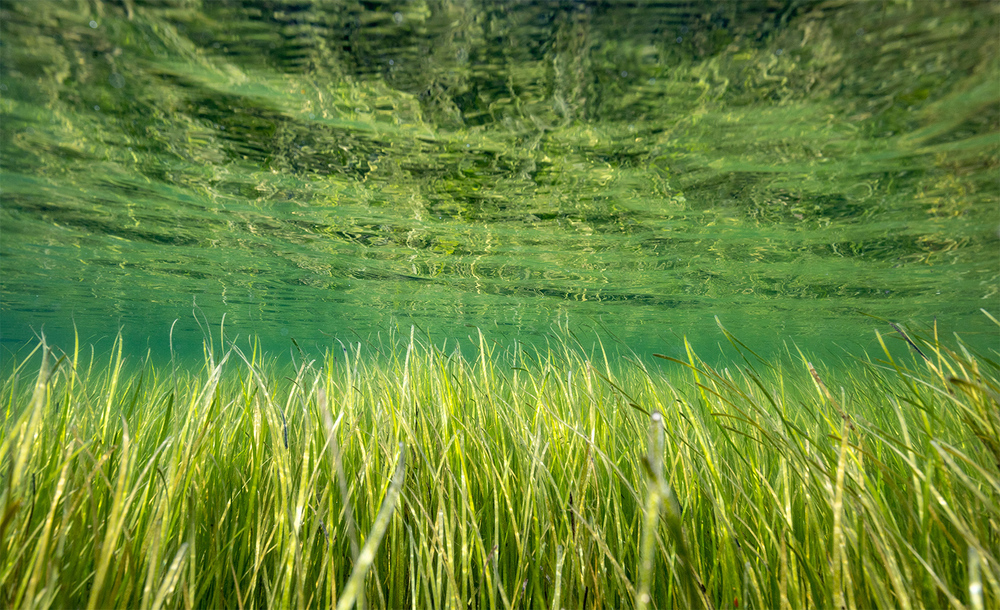“Noise is a symptom of something else, and by shedding light on what the impacts are, we can hopefully go and address the symptoms,” stated Marine Bioacoustician and Executive Director of Ocean Conservation Research, Michael Stocker.
Ocean noise pollution refers to human made sounds pertaining to activities that interfere with the ability for marine life to hear natural sounds—an extensive threat that stresses marine fauna inevitably. The UN recently published a report produced by the Convention on the Conservation of Migratory Species of Wild Animals that outlines the best ways to reduce ocean noise pollution. It focuses on three main types of underwater noises—shipping, pile driving, and seismic air gun surveys. This report is deemed essential in finding future solutions rather than just observing the impacts.
The Issues
Seismic air guns are the blast tactics used to measure the echos vibrating off the seafloor to assist with creating offshore oil and natural gas field maps. Along with pile driving, the physical act of pounding a structure into the seafloor during the construction of offshore wind farms and other entities. Shipping noise has also been linked to stressing endangered marine species, reducing the life quality of mollusks, and disrupting tuna fish migration patterns.
The Solutions
A lot of the issues that result from shipping can be fixed with proper boat design, efficient cleaning, slow steaming, and monitoring noise in real-time. A slight 10% speed adjustment to boats can reduce noise footprints by 40% and prevent fatal marine life collisions.
In place of standard air guns, marine vibrator systems can be implemented to create less harmful impacts on habitats, and promote longer and quieter signals. The report also suggests the stoppage of performing these surveys around sensitive habitats. Unfortunately the marine vibrator systems are not widely available across the commercial market just yet.
Replacing pile driving with BLUE driving is just one of the many alternatives to the destructive and marine displacing construction method. Many countries, such as Germany, have already put large restrictions on pile driving.
“If regulators are a little more inspired to hold these noise producers more accountable so that they really only use the quietest possible noise source, I think we would make a lot of gains. And anywhere that’s done, it’s been shown that innovations happen, and you can stay under a noise limit if regulators give one,” stated report Author and an underwater noise specialist at Dalhousie University in Canada, Lindy Weilgart.
















